






Whatsapp Group+91 98450 81888
HOME REMEDY IN INDIA
MANGALORE.INDIA
Hands that serve are Holier than Lips that Pray
PEACOCK THE MYSTIC BIRD OF HINDUISM & MOTHER INDIAThe Significance of Peacock Feather in Hinduism
and
THE SIGNIFICANCE OF SHALIGRAM STONES IN HINDUISM
Peacock feathers, or mor pankh, are regarded as an auspicious symbol in Hindu mythology because of their association with the peacock, a beautiful bird which is also the national bird of India. You may have noticed that many people keep peacock feathers in their homes. It is believed that keeping peacock feathers at home brings good luck and prosperity into the house.
The Secret of its Survival
The peacock remains the oldest ornamental bird in the world. Have you ever wondered what could be the secret of its survival? You will be surprised to learn the myths surrounding the peacock's survival. Here are some stories from Hindu mythology which substantiate the symbolism of the peacock and its feathers.
Origin of the Peacock
It is believed that the mayura, or the peacock, was created from one of the feathers of Garuda (a mythical bird in Hindu mythology and a carrier of Lord Vishnu). It is depicted as a mythical bird which is killing a snake. According to a number of Hindu scriptures, it is a symbol of the cycle of time.
The Beautiful Mor-Pankh
Believe it or not, peacocks once had dull tail feathers. In a battle between Ravana and Lord Indra, the bird spread its feathers wide open, to allow Indra to hide behind them and thus wage a war. Indeed, it was able to save Indra, in return for which, the god made the peacock feathers iridescent. Incidentally, Indra is often depicted seated on a peacock throne.
The Peacock Feather & Goddess Lakshmi
The peacock is also identified with Lakshmi, the goddess of wealth. That is why people keep peacock feathers at home, believing that they will bring wealth and prosperity into the house. It is also believed that peacock feathers keep the house free from flies and other insects.
Peacock Feathers in Hinduism
The peacock feather is of great importance in Hinduism. Lord Krishna wears a peacock feather on his crown. Lord Karthikeya uses the peacock as his mode of conveyance.
Peacock Feathers for Protection
The peacock is considered to be a bird of protection and safe guarding. This bird is also valued as a protection for the psychic self. Thus, the peacock feather within a home is said to safeguard the energy in the environment.
Peacock for Harmony
The peacock brings harmony and joy to our mind. The peacock bird is majestic and proud, with much dramatic expression – the male bird dances for the sake of the female during courting, reminding us of the celebration in life.
Cultural Motifs
In Hinduism, when god Indra transforms himself into an animal, he becomes a peacock. In India, the peacock is believed to have a thousand eyes in its feathers. In Java, the peacock is associated with the Devil. In Mosul, northern Iraq, a sect of Yezidis hold that the Devil is not evil, and call him by the name Peacock Angel.
Mystic Animal
The myth is that the peacock has angels' feathers, a devil's voice, and the walk of a thief. But Hindus believe it is not only the mount of Kartikeya, but also of Sarasvati, the goddess of wisdom and learning. It is also the vehicle of Lakshmi and Brahma. When mounted by kama, the god of love, it represents desire. Hindu gurus are fond of using peacock feathers during their discourses, so as to pass on their aura to their followers.
Peacocks and Rain
Finally, one of the most common symbolism lies between a peacock and rain. The peacock is said to be able to foretell rain, by dancing before it pours. And, if a peacock cries more than usual, it is said to foretell the death of someone in the family.
Significance of Shaligram According to Hinduism
The Kali Gandaki or Gandaki River is one of the major rivers of Nepal and a tributary of the river Ganges in India. It is also called Krishna Gandaki in Nepal. However, one of the most important features of the river are the smooth, shining, black, egg-like stones that are found on the banks of Gandaki called Shaligram. These dark Himalayan fossils are believed to be somewhere between 140 to 165 millions years old.
Gandaki River Is An Important River For Hindus For Several Reasons:
It is here that Valmiki Rishi wrote the great epic, Ramayana. The ancient Valmiki Ashram still exists today and is a place of pilgrimage. Believed to be the birthpalce of Luv and Kush, the two sons of Lord Ram and Sita.
The hermitage also landmarks the 'Falahar" (eating place) of Sita. Ashwamedh horse was believed to be tied here. The river is mentioned in the epic of Mahabharata.Its evolution is described in Shiva Purana, Kumarakhand and in the chapter of the killing of Shankachuda. Also known as shilas, these stones are revered and worshiped by Hindus as manifestations of Lord Vishnu himself. It is believed that Saraswati cursed Lakshmi in anger once which changed Lakshmi into a tulsi plant and forced her to live on earth forever.
Vishnu intervened and modified the curse, saying Lakshmi would remain on earth as tulsi until the river Gandaki flowed from her body. In the meanwhile, he would stay by the riverside in the form of a stone until he can take her back to His abode. It is for this reason that the tulsi plant and shila deities are always worshiped together as Lakshmi and Vishnu.
Each Shaligram piece is unique and they are worshiped according to the markings and shape of the stone. Some stones resemble Vishnu's paraphernalia such as chakra, lotus, conch, mace. Shaligram stones come in dfferent colors such as red, blue, yellow, green and black. Of these, the yellow, blue and black varieties are considered more sacred. The yellow and golden-colored Shaligrams are considered most auspicious and are believed to bestow great wealth and prosperity on its worshipers.
Shaligrams of Different Shapes are Often Associated with Different Avatars or Incarnations of Vishnu and Believed to Bring Different Energies with Them when Worshiped, Such as:
Matsya: Incarnation of Vishnu in the form of fish. It bestows the worshipper with peaceful environment, austerity and philanthropy.
Kurma: Incarnation of Vishnu in the form of Tortoise. The worshiper gets immense perserverence, strong will power, patience, wealth and happiness in his life.
Varaha: Incarnation of Vishnu in the form of Boar. Brings immense protection and removes negativity.
Narsimha: Incarnation of Vishnu in the form of half man and half lion. Instills fearless and success in all endeavors.
Vamana: Incarnation of Vishnu in the form of small dwarf. Brings immense strength to fight against all odds, evils and enemies.
Krishna: Worshiper of Krishna shaligram will earn a great respect and dignity in the society.
Surya: Depicts Lord Vishnu himself. Brings the quality of the sun – to rule and to move continuously with brilliant radiance and strength. Gives happiness, popularity and material gains.
Shivlinga: Symbol of auspiciousness, brings health and peace. The worshipping of this shaligram increases the family harmony.
Mahalakshmi: Bestows the devotee with good health and wealth . Man can progress in business and service and spends his life happily, shields from loss.
Ganesha: Removes obstacles and brings success in all undertakings.
Maha Vishnu: Brings eternal peace, contains influence of all ten incarnations and considered the most powerful Shaligram.
Lakshmi Narayan: A rare Shaligram, it is the direct representation of goddess Lakshmi and Lord Narayana. Brings immense wealth, protection and very good health.
Lakshmi Narasimha: Another very rare Shaligram, it represents goddess Lakshmi and Narasimha. Brings protection, good fortune, peace and all worldly comforts.
Shaligram Is Mentioned In The Following:
Lord Krisha refers to the qualities of Shaligram while giving discourse to Yudhistra.
In Padampurana, it is said that whatever homes you find a Shaligram, that home is better than places of pilgrimage.
In Skandpuran, Shiva has narrated the importance of Shaligram.
In Brahmvaivartpuran, Prakritikhand, it is said that wherever one finds Shaligram, Vishnu resides there.
Shaligram worship can be traced to the time of Adi Shankara through his works, especially in Taittiriya Upanishad and Brahma Sutras, suggesting that the use of Shaligram in the worship of Vishnu has been a well-known Hindu practice.
The largest and the heaviest Shaligram is located at Jagannath Temple while the main ISKCON temple in Scotland, called Karuna Bhavan is famous for housing the largest number of Shaligram Shilas outside of India.
The Shaligrams are usually hereditary and are passed down through many generations. Sale and purchase of Shaligram shilas are prohibited in Skanda Purana.
__._,_.___
Posted by: =?UTF-8?Q?=E2=99=A3_=E2=99=A3_=E2=99=A3M=2ED=2E_?= =?UTF-8?Q?HEGDE=E2=99=A3_=E2=99=A3_=E2=99=A3?= <hegde_csl@yahoo.co.in>
| Reply via web post | • | Reply to sender | • | Reply to group | • | Start a New Topic | • | Messages in this topic (1) |
KERALITES - A moderated eGroup exclusively for Keralites...
To subscribe send a mail to Keralites-subscribe@yahoogroups.com.
Send your posts to Keralites@yahoogroups.com.
Send your suggestions to Keralites-owner@yahoogroups.com.
To unsubscribe send a mail to Keralites-unsubscribe@yahoogroups.com.
Homepage: http://www.keralites.net
To subscribe send a mail to Keralites-subscribe@yahoogroups.com.
Send your posts to Keralites@yahoogroups.com.
Send your suggestions to Keralites-owner@yahoogroups.com.
To unsubscribe send a mail to Keralites-unsubscribe@yahoogroups.com.
Homepage: http://www.keralites.net
.
__,_._,___

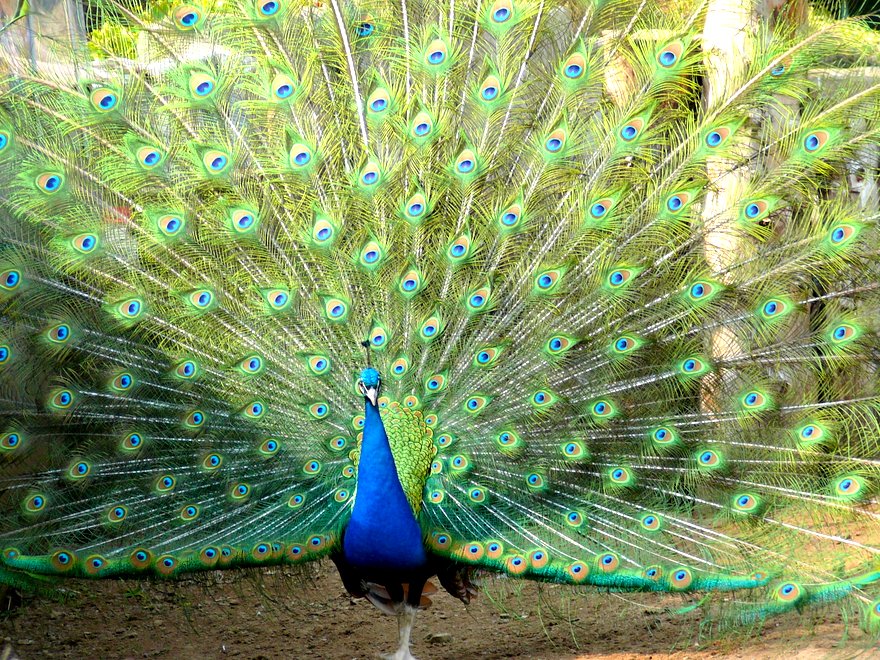
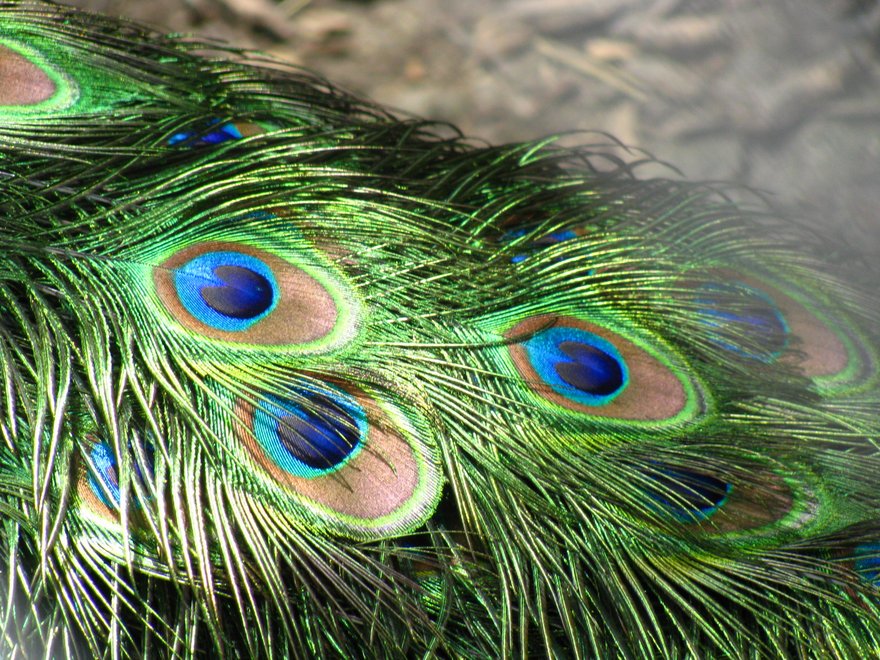
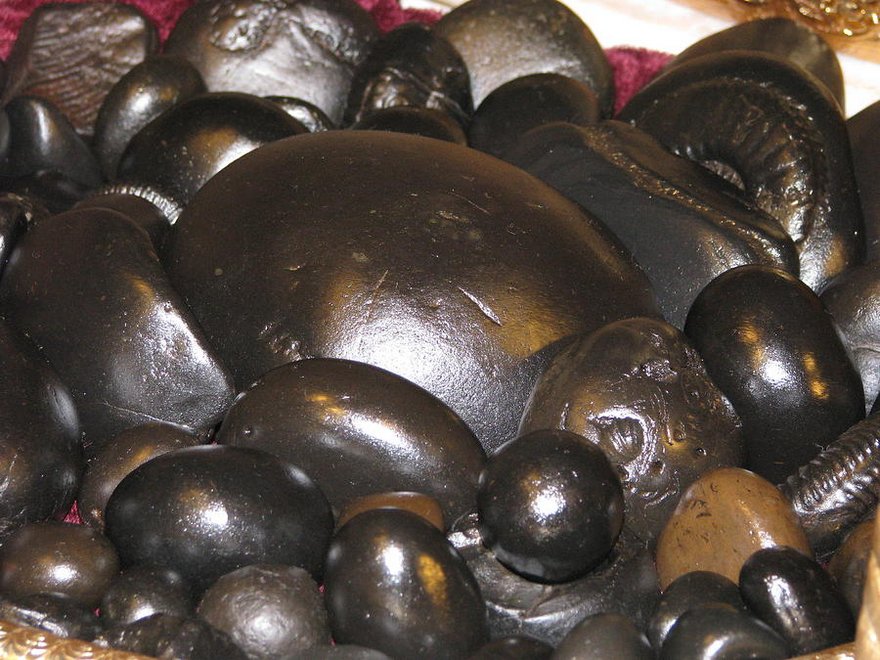
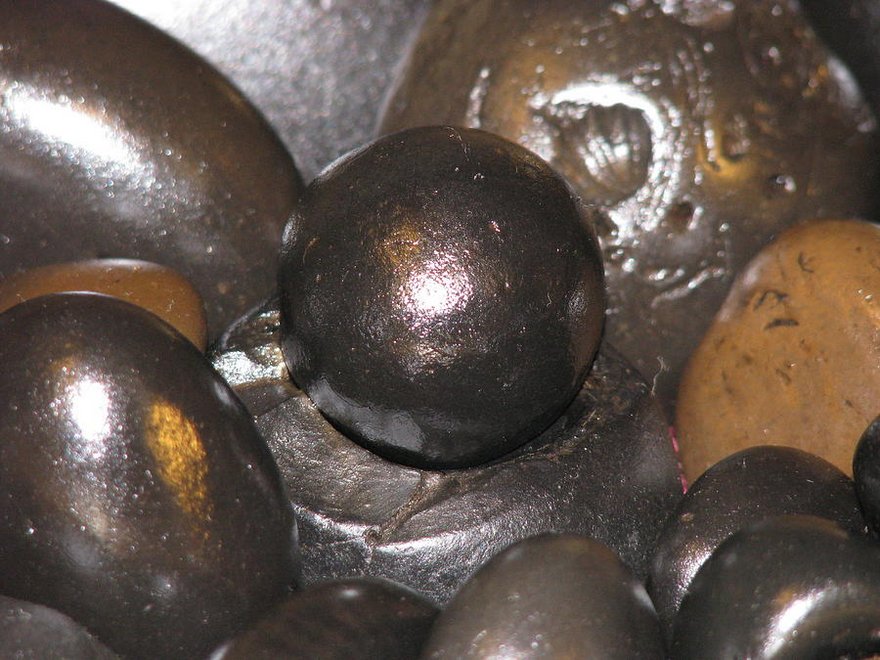
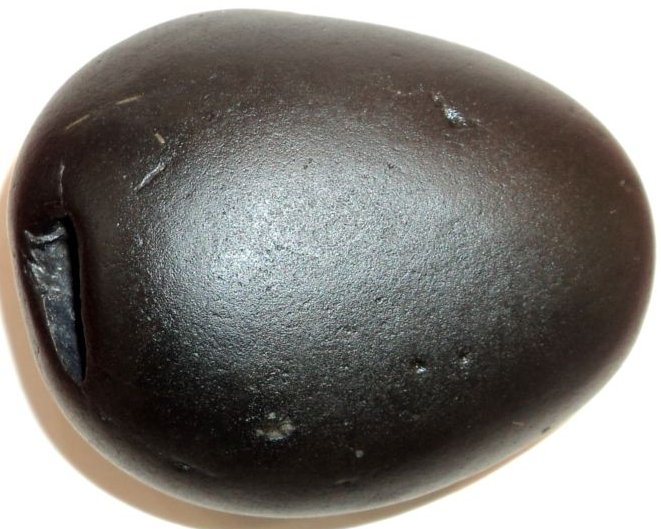
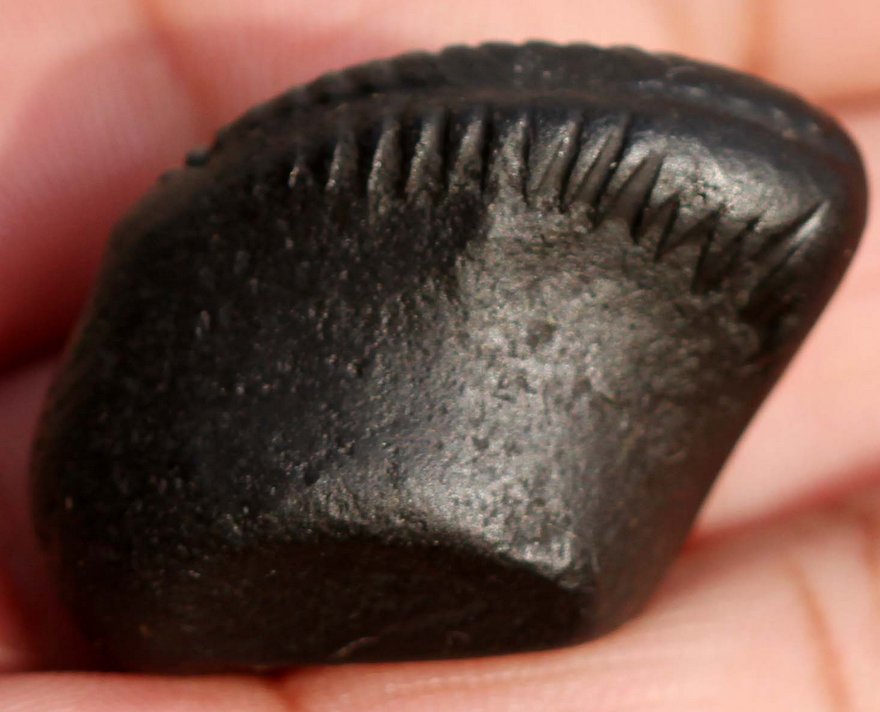
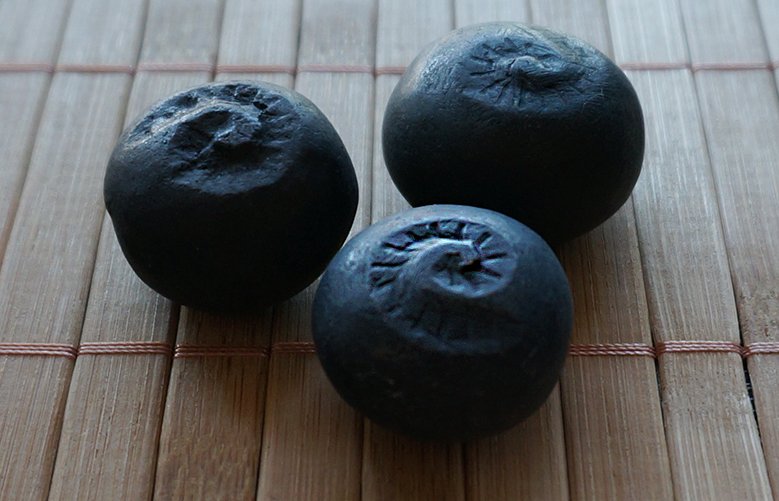
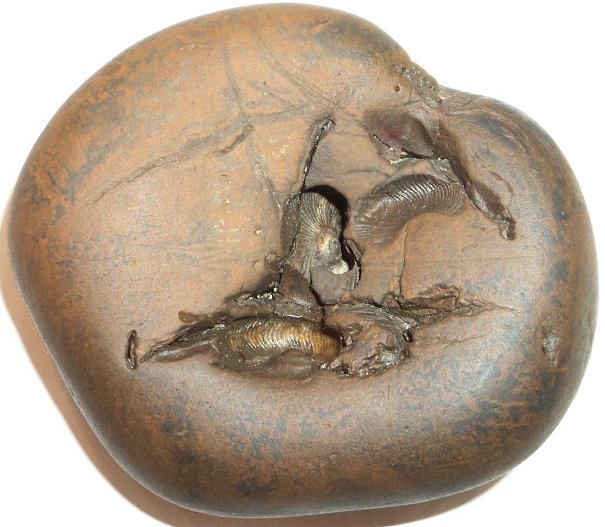
No comments:
Post a Comment